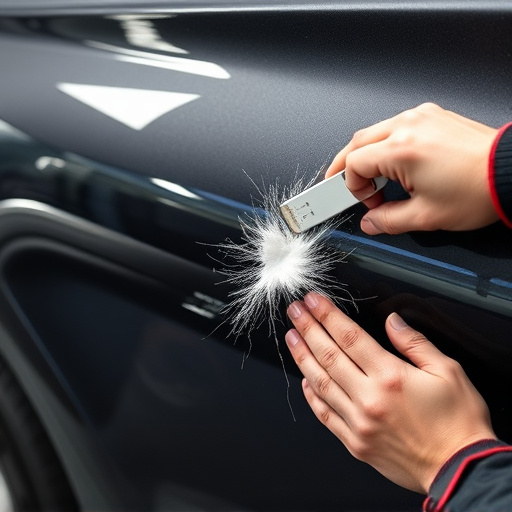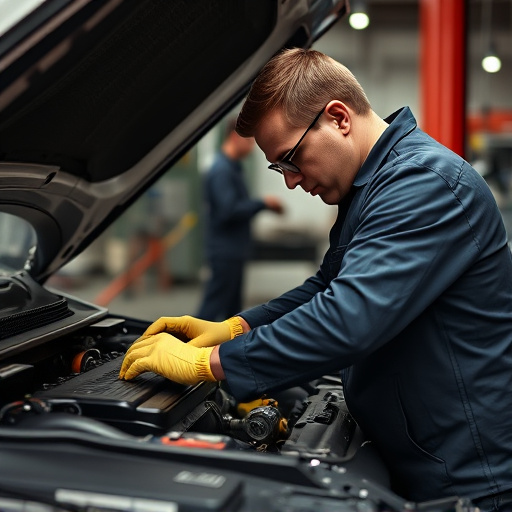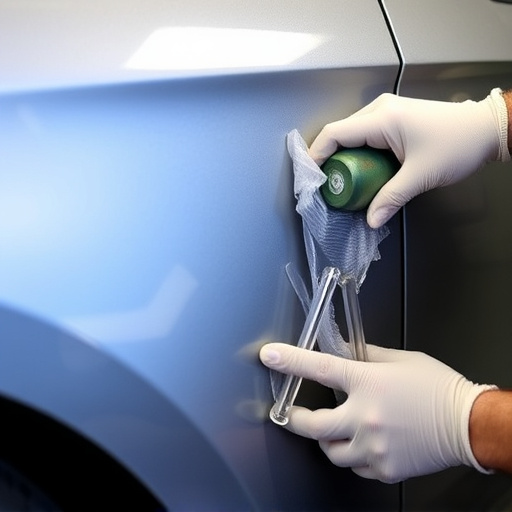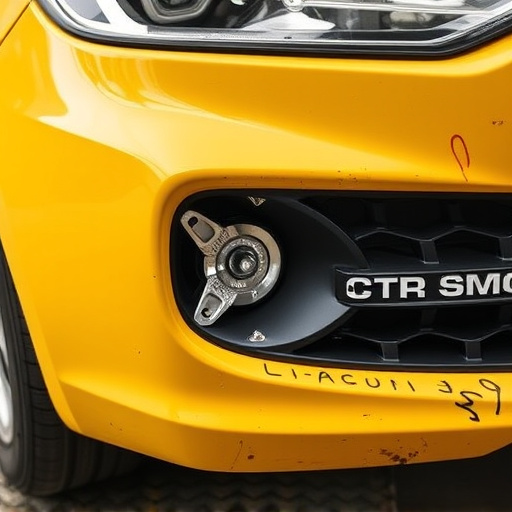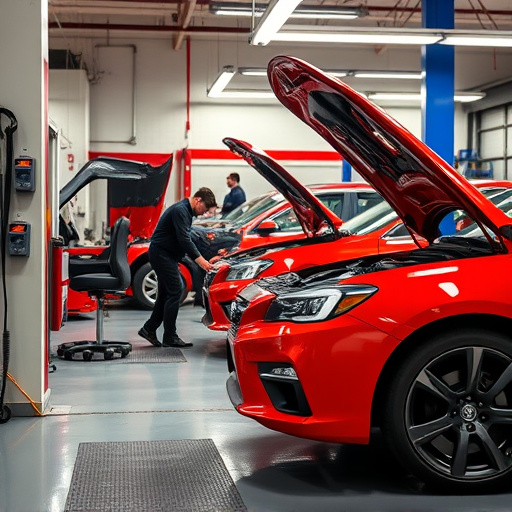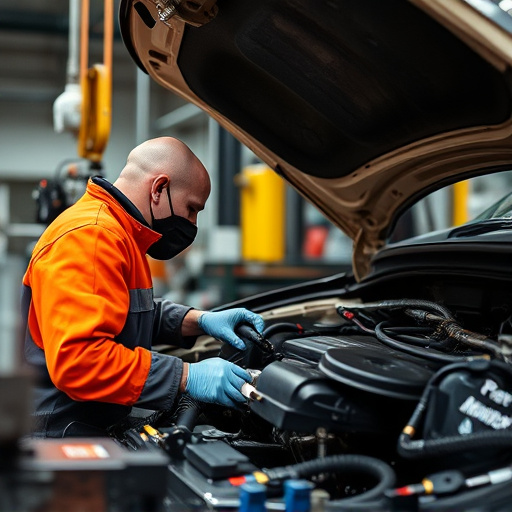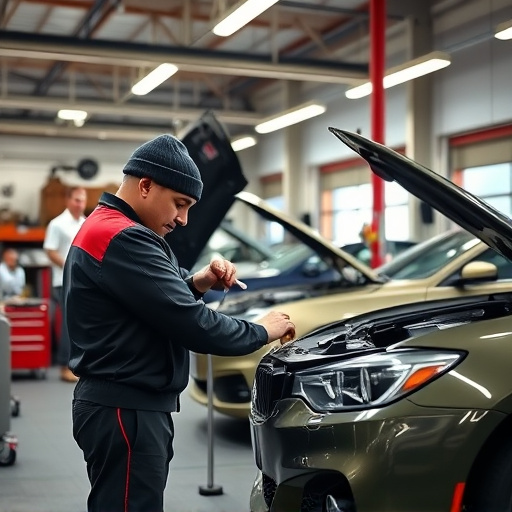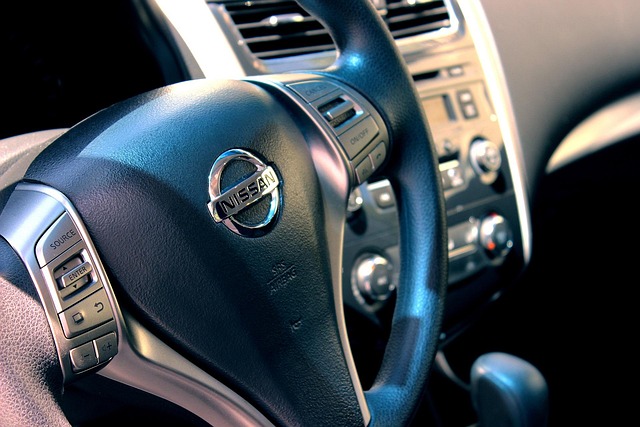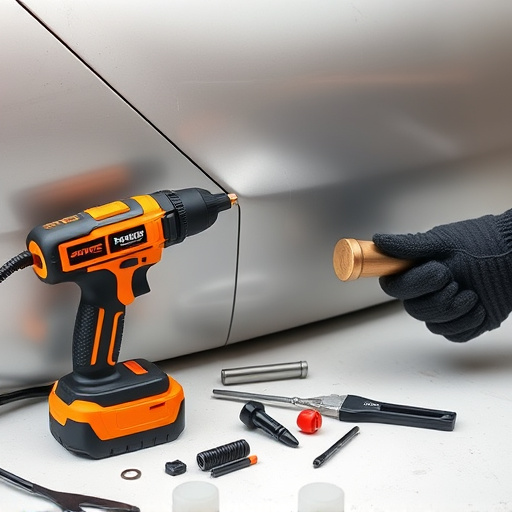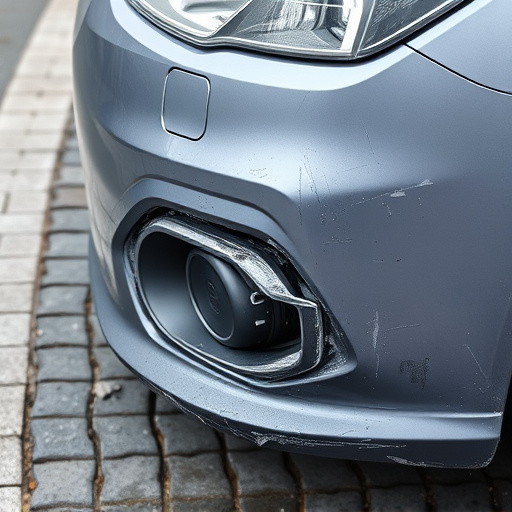Tesla Cybertruck repairs pose unique challenges due to advanced technology, electric components, and composite materials, requiring specialized equipment and knowledge. Tesla promotes sustainable practices by partnering with eco-conscious suppliers and using recyclable materials, setting a trend in the industry. The growing demand for Cybertruck repairs drives the automotive sector toward greener practices, including eco-friendly auto painting services that reduce emissions and contribute to a circular economy.
In today’s eco-conscious world, even the most high-tech vehicles like the Tesla Cybertruck require repairs that balance environmental considerations. This article explores the unique challenges of repairing this iconic electric pickup truck, focusing on sustainable parts sourcing and eco-friendly practices. We delve into how these approaches not only benefit the planet but also shape the future of automotive maintenance, ensuring the Tesla Cybertruck remains a pioneer in both technology and environmental stewardship.
- Unique Environmental Challenges of Cybertruck Repairs
- Sustainable Parts Sourcing for Tesla's Truck
- Eco-Friendly Repair Practices and Future Impact
Unique Environmental Challenges of Cybertruck Repairs
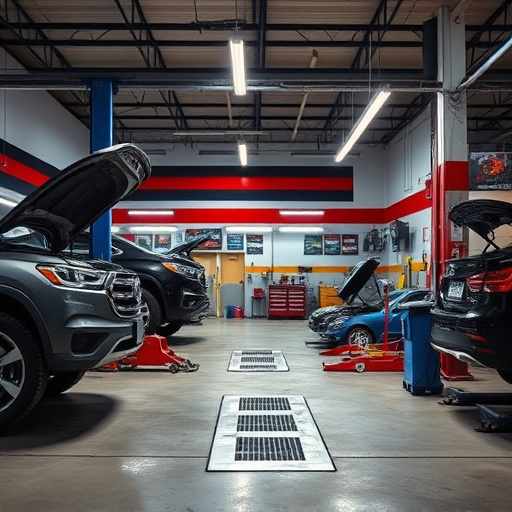
The Tesla Cybertruck presents unique environmental challenges when it comes to repairs compared to traditional vehicles. Its unconventional design and electric powertrains introduce new variables for auto body repair shops. For instance, the removal and replacement of components like batteries and motor units require specialized equipment and knowledge to minimize environmental impact.
Additionally, the use of advanced materials such as lightweight composites in the Cybertruck’s construction necessitates specific disposal and recycling methods. Unlike classic car restoration projects that often involve vintage parts, Tesla repairs focus on handling modern, eco-friendly components while adhering to stringent environmental regulations. This calls for a heightened sense of responsibility in managing waste and utilizing sustainable practices within car repair shops working on these electric vehicles.
Sustainable Parts Sourcing for Tesla's Truck
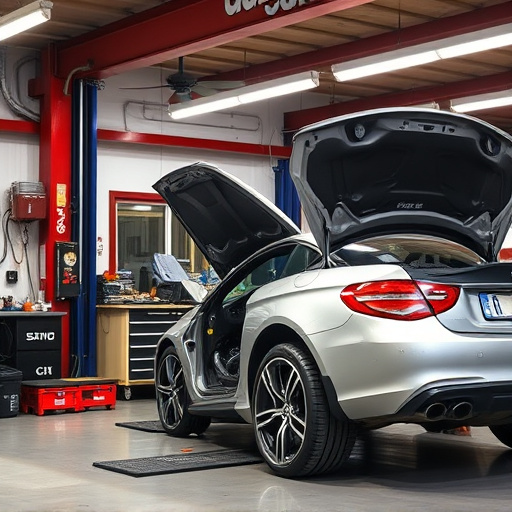
In the pursuit of sustainability, Tesla has set a new standard for its Cybertruck’s repair process by prioritizing environmentally conscious parts sourcing. The company aims to minimize the ecological footprint associated with vehicle repairs and maintenance. One significant approach is collaborating with eco-friendly suppliers to acquire recycled and recyclable materials for replacement parts. This strategy not only reduces waste but also lowers the overall carbon emissions linked to production and transportation.
By opting for sustainable alternatives, Tesla Cybertruck owners can contribute to a greener future while ensuring their vehicles are restored to pre-accident conditions. This method aligns with the brand’s reputation for innovation and environmental stewardship. Moreover, it encourages a growing trend in the automotive industry to adopt eco-friendly practices, making dent removal and Mercedes Benz collision repair processes more harmonious with nature, much like how a car body shop would incorporate green initiatives into its services.
Eco-Friendly Repair Practices and Future Impact
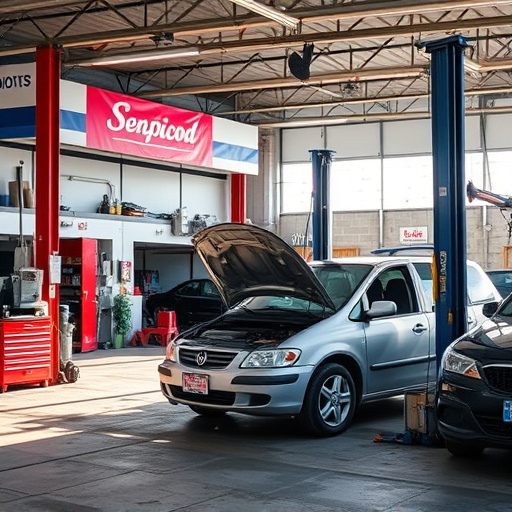
As the demand for Tesla Cybertruck repairs grows, so does the need for environmentally conscious practices within the automotive repair industry. Eco-friendly repair methods are becoming increasingly important as we seek to reduce the ecological footprint of vehicle maintenance. One key aspect is the use of sustainable materials and resources; this includes non-toxic chemicals, recyclable parts, and bio-based products where possible. For instance, auto painting services can adopt water-based or low-VOC (volatile organic compound) paints, significantly reducing harmful emissions compared to traditional options.
Looking ahead, these green practices could revolutionize the entire vehicle restoration process. The automotive repair sector has the potential to become a driving force in sustainability by minimizing waste, conserving resources, and promoting recycling. Such initiatives not only benefit the environment but also contribute to a more circular economy, ensuring that Tesla Cybertrucks, and other vehicles, can be repaired and restored while preserving their ecological value for future generations.
The Tesla Cybertruck, with its innovative design, presents unique challenges in terms of environmental considerations during repair. However, by focusing on sustainable parts sourcing and adopting eco-friendly practices, the automotive industry can significantly reduce the carbon footprint associated with these repairs. As the demand for electric vehicles continues to grow, ensuring environmentally conscious repair methods will be crucial for the long-term sustainability of the Tesla Cybertruck and the broader EV market.
